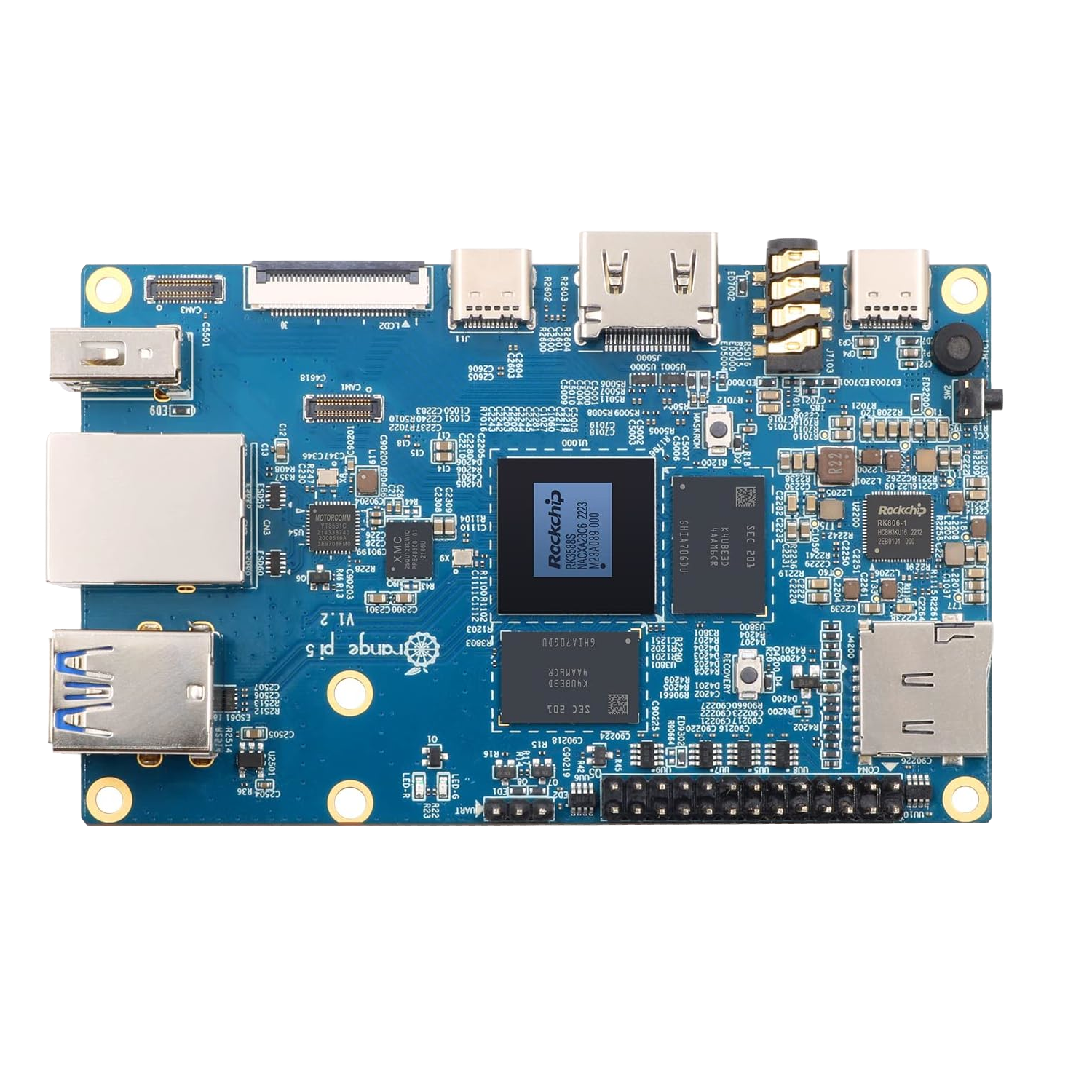Want to unlock the true potential of your Raspberry Pi? Remote access is the key, transforming your tiny computer into a powerful, globally accessible tool. But with that power comes responsibility, especially when dealing with fleets of devices spread across different networks.
The Raspberry Pi, once relegated to the realm of hobbyists and tinkerers, has become a versatile workhorse in various industries. From powering IoT devices to serving as a cost-effective server, its adaptability is undeniable. However, managing these devices, particularly when they're deployed in remote locations and disparate networks, presents a unique set of challenges. Imagine configuring and maintaining a fleet of Raspberry Pis running CentOS 7, each located behind different customer firewalls, with no direct control over their network configurations. It's a scenario that demands careful planning and a robust strategy for remote management.
| Topic | Details |
|---|---|
| Raspberry Pi Remote Access Challenges | Managing devices across diverse networks with varying security configurations. |
| Operating System | CentOS 7 (requires specific considerations for remote access and security). |
| Deployment Scenario | Fleet of devices distributed among different customers, each with independent network control. |
| Security Concerns | Protecting against malware, data theft, and unauthorized access. |
| Remote Management Needs | Efficiently configuring, updating, and monitoring devices remotely. |
| Alternative Uses | Home recording studio, IoT project testing. |
- Hot Steamy The Best Adult Web Series You Need To Watch
- Who Are Storm Reids Parents Family Career Support


